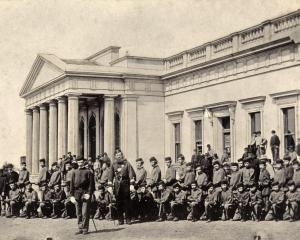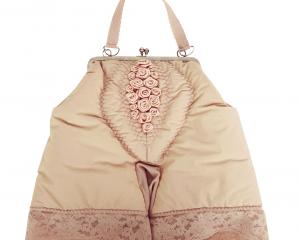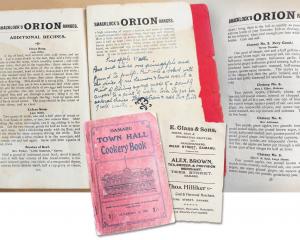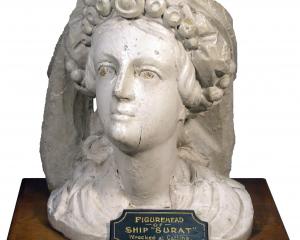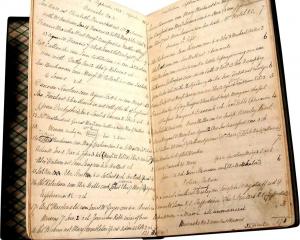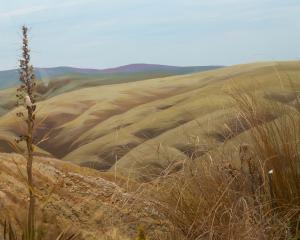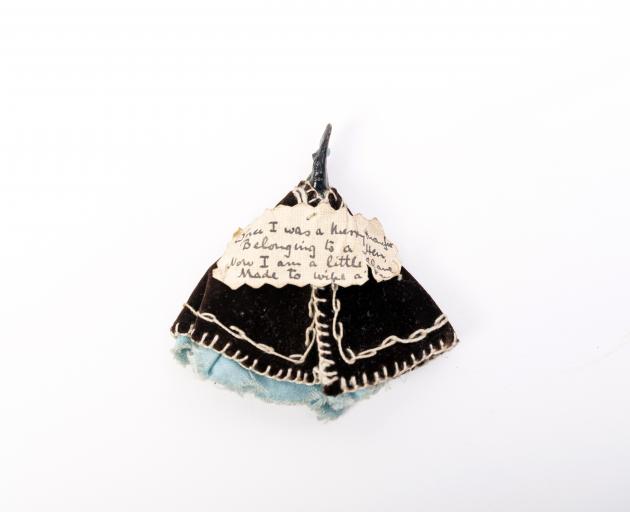
Before gel pens, before rollerball pens, before ballpoints, there were fountain pens and, even earlier, quill pens. Nibs that were dipped into inkwells needed to be kept clean. Penwipers were a standard part of writing-desk equipment in the 19th and early 20th centuries.
Commercially produced penwipers were on sale in the Stationery Warehouse in Wellington's Willis St in 1869, alongside ebony rulers, inkstands, prepared gum, water wells, damping brushes, date denoters and Mordan's Japan ticket ink.
Domestic craftspeople made a wonderful variety and volume of novelty penwipers, which seem to have been a staple of fundraising bazaars. At an 1896 fair for the Nelson Aid Society, Mrs Willis and Miss Franklyn won awards for the most original and the most artistic penwipers. Directions on how to make examples in the form of butterflies, miniature teapots, parasols and apples appeared in New Zealand newspapers.
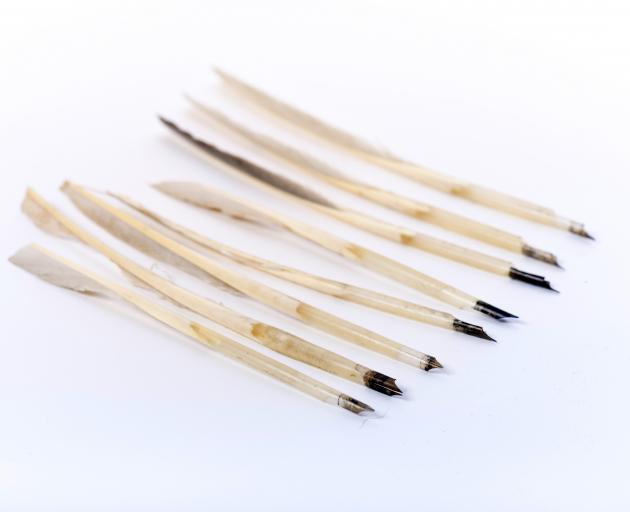
"Oh, Josiah!" shrieked his wife, as her husband drew his pen through the dainty pieces of ribbon, "you've ruined my new bonnet!"
The penwiper on display in the est. 1868 exhibition at Otago Museum is a variation on the small dolls created using a chicken wishbone (or merrythought) frame. A 1912 writer described them as "an amusing present for an unimportant occasion". They advocated painting the "feet" black for boots, and the top black, as for a cap. Clothed in a cape with underlayers of black fabric (so the ink marks wouldn't show) it has a small verse attached: "Once I was a merry-thought / Belonging to a hen / Now I am a little slave / Made to wipe a pen."
It came to us in 1953 from Helen Moran, a gifted embroiderer and embroidery teacher, part of a generous donation of textile-related material.
The exhibition est. 1868 is open daily at Otago Museum in the Special Exhibitions Gallery, 10am to 5pm, until April 14, 2019. Entry is free.
Moira White is curator, humanities, Otago Museum.
Comments
'Humour' was unfunnily at the expense of women and impenetrable:
'My wife, she is far from Radiant, but she does write with the Stephens India Ink!'
'The mother in law - no, wait! the mother in law is not a Well woman. She never cleans the inkwells in the mornings!'



